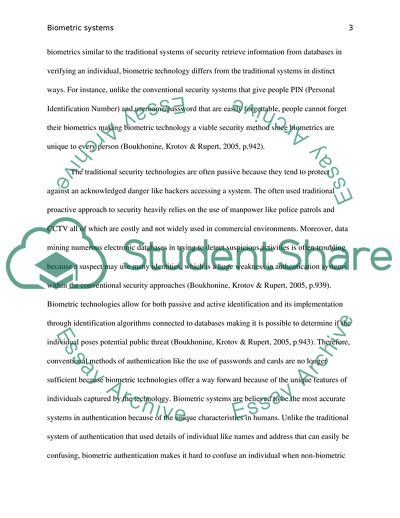Cite this document
(The Application of Biometric Technology and the Convenience Essay Example | Topics and Well Written Essays - 1250 words, n.d.)
The Application of Biometric Technology and the Convenience Essay Example | Topics and Well Written Essays - 1250 words. https://studentshare.org/information-technology/1826212-biobetrec-technology
The Application of Biometric Technology and the Convenience Essay Example | Topics and Well Written Essays - 1250 words. https://studentshare.org/information-technology/1826212-biobetrec-technology
(The Application of Biometric Technology and the Convenience Essay Example | Topics and Well Written Essays - 1250 Words)
The Application of Biometric Technology and the Convenience Essay Example | Topics and Well Written Essays - 1250 Words. https://studentshare.org/information-technology/1826212-biobetrec-technology.
The Application of Biometric Technology and the Convenience Essay Example | Topics and Well Written Essays - 1250 Words. https://studentshare.org/information-technology/1826212-biobetrec-technology.
“The Application of Biometric Technology and the Convenience Essay Example | Topics and Well Written Essays - 1250 Words”. https://studentshare.org/information-technology/1826212-biobetrec-technology.


